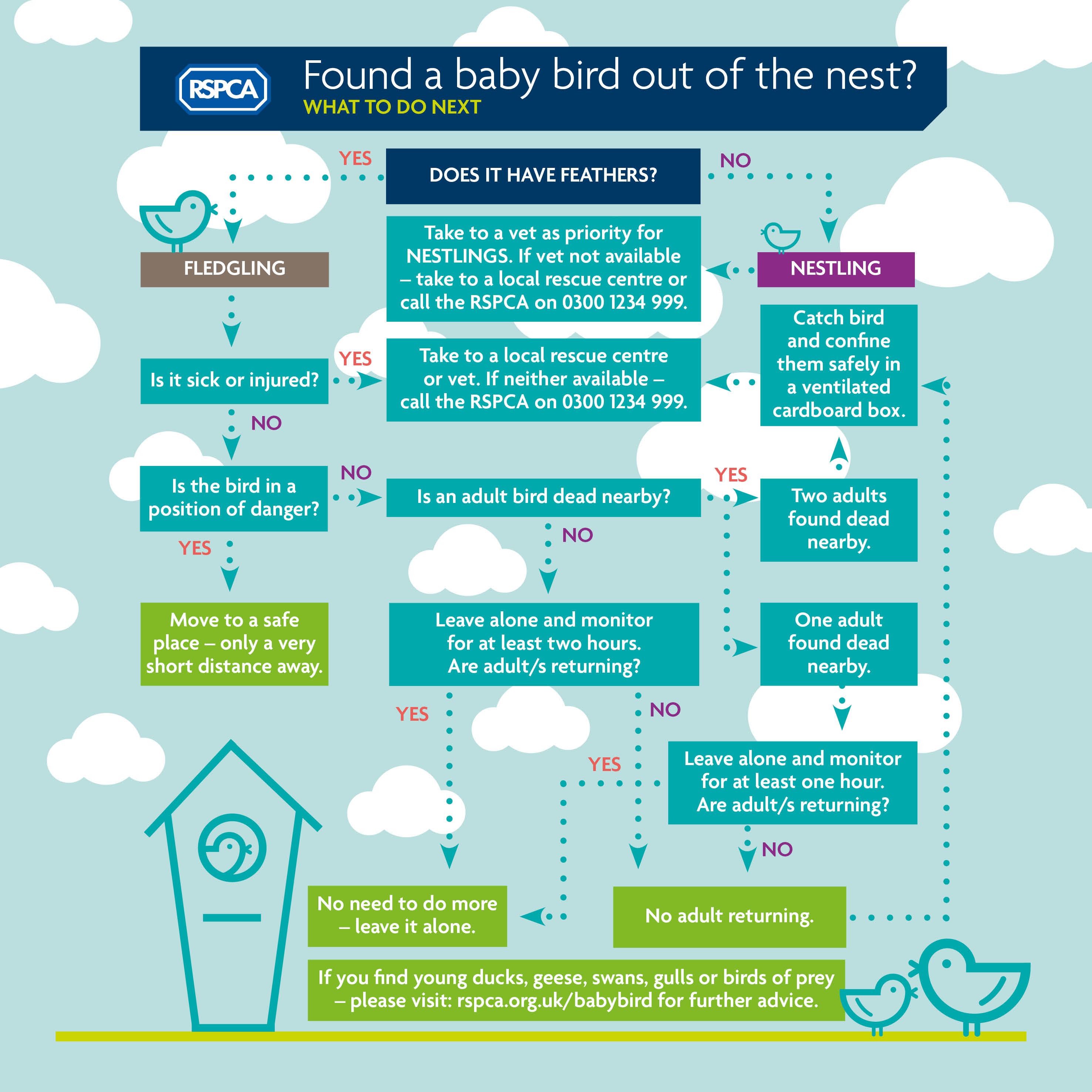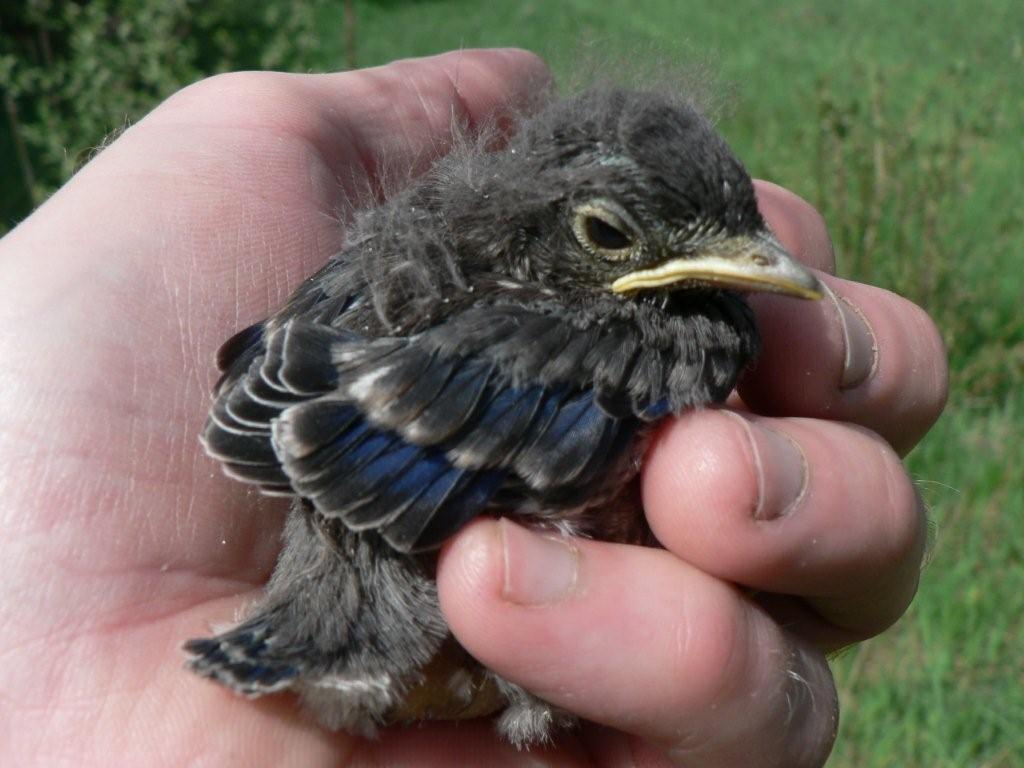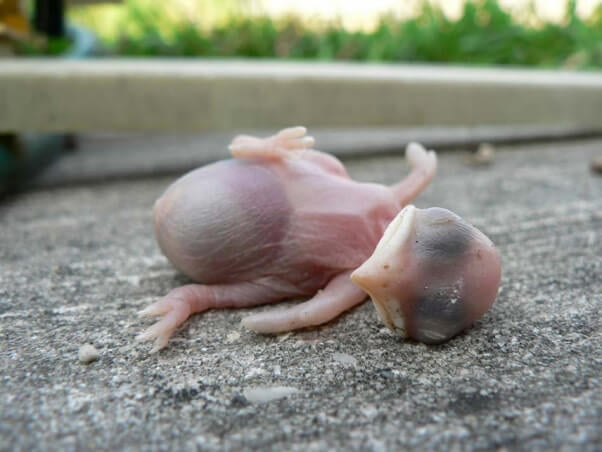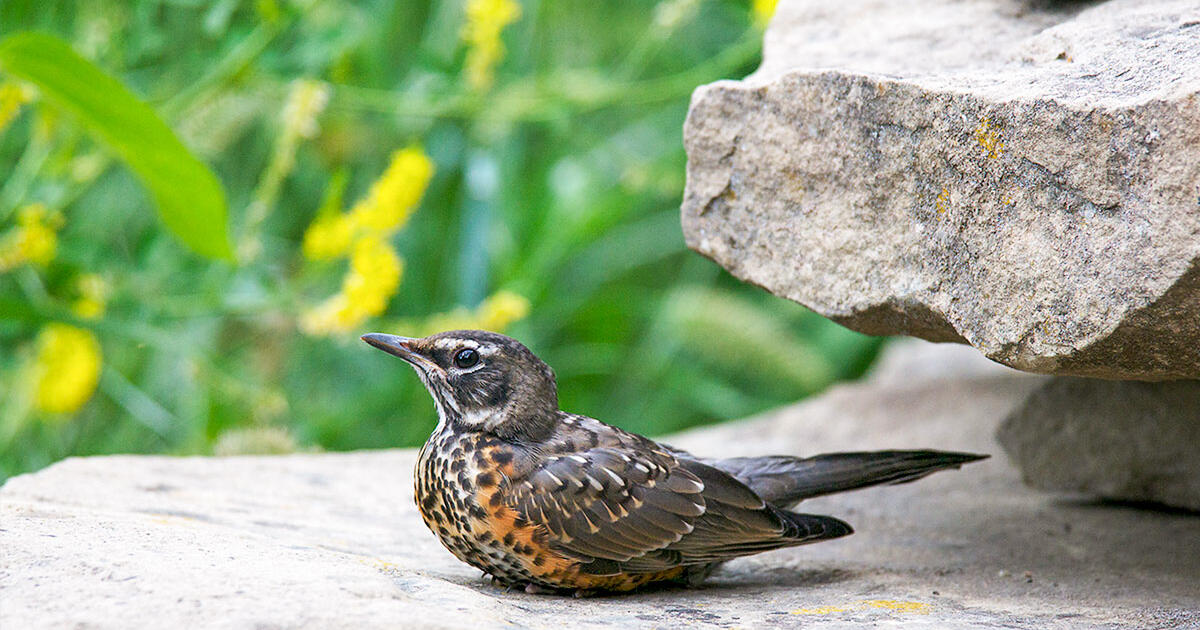How To Take Care Of A Injured Baby Bird

Tinned cat or dog food preferably beef for robins.
How to take care of a injured baby bird. If a baby bird has feathers it is likely learning to fly 2 x research source you can put featherless baby birds back in the nest step 2 look for open wounds in adult birds. Use a secure cover to block out light sound and the prying eyes of other animals and kids as stress producing disturbances can be deadly. Keep the baby bird warm by placing a hot water bottle under the towel or by filling two plastic water bottles with warm water and placing them under the towel on either side of the bird. Never place food or water in the mouth of an injured animal bird or otherwise.
Robins starlings and other insectivores. If featherless or nearly featherless baby birds have fallen from their nest but appear unharmed put them back in the nest if you can do so without danger to yourself. The following are indications that a bird may be sick or injured. Place the bird in a box or tote bag that s been lined with paper towels to prevent them from slipping.
It may have an obvious wound breathing problems a drooping wing or show lameness or an inability to stand. Darkness calms birds so the baby robin will be less likely to injure itself fluttering around in this contained space. Watch the bird for a while from a distance to establish it really is injured and has been abandoned by the mother 1 x research source look for feathers. It is a myth that birds will abandon their young if a person touches them.
According to laura vincelette lvt with pet care veterinary hospital clear instances of this include when the baby bird has no feathers nestling if there is noticeable bleeding or injury or if the baby bird is in immediate danger from predators like crows cats or dogs. If baby birds are clearly injured or in imminent danger contact a licensed wildlife rehabilitator. Add a source of heat. You might think a baby bird needs help but it may just be the bird is learning how to fly.
It does not fly away when approached. In those cases you can use a small washcloth to pick the bird up and gently place it in a closed box or container. A good temperature for an injured songbird is 85 degrees. If you have a heating pad set it on low place a towel over the heating pad and then set the box with the bird in it on top of the heating pad.
Small pieces of earthworm can also be offered on the end of a toothpick or mushy cat food moistened with water.

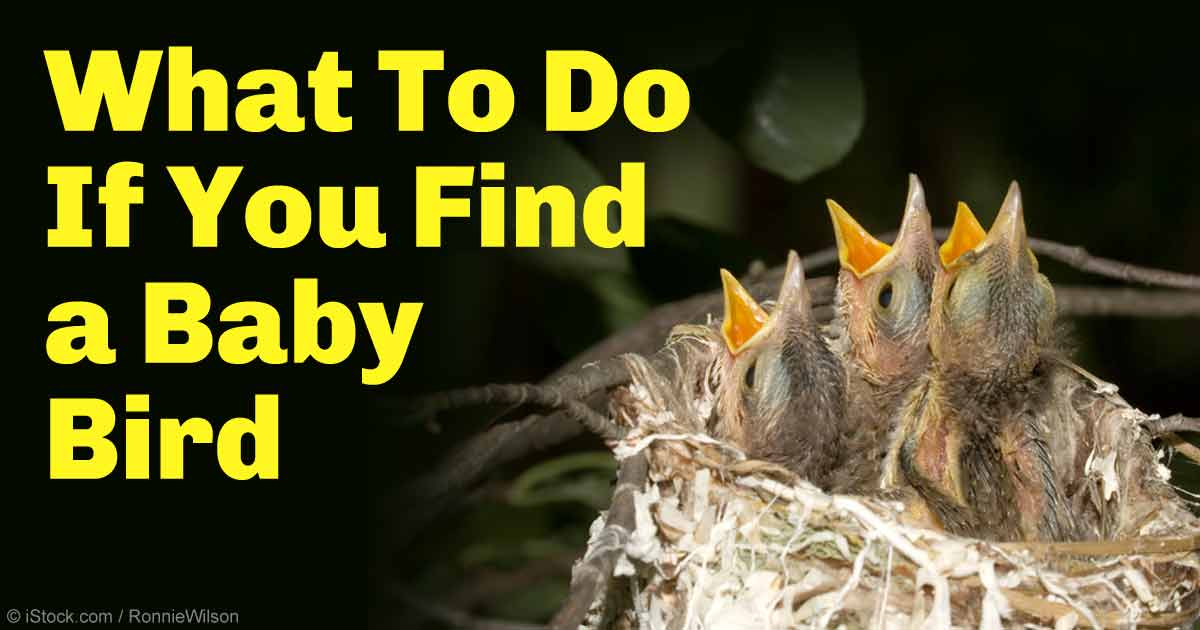

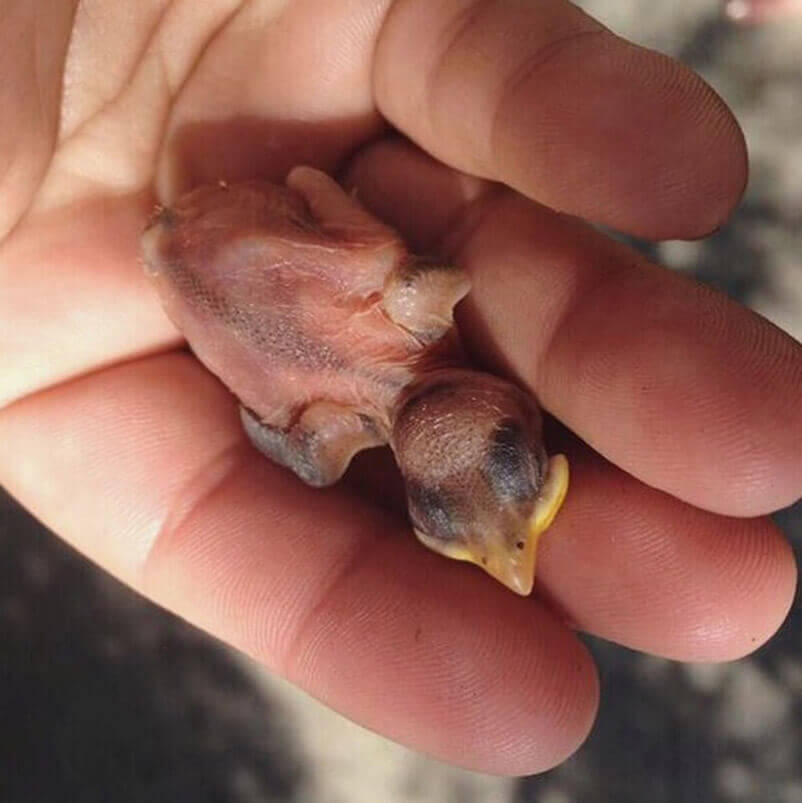

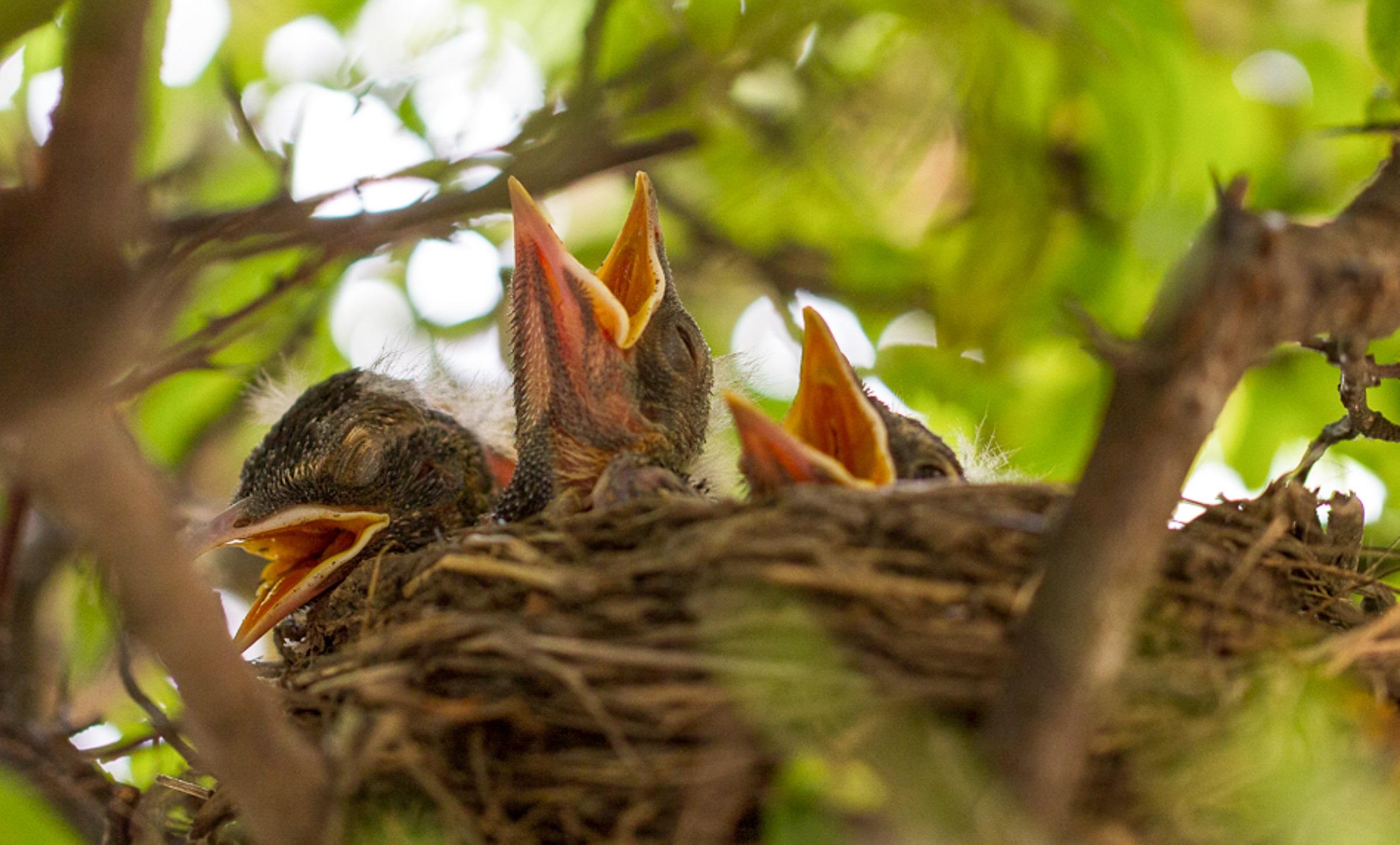

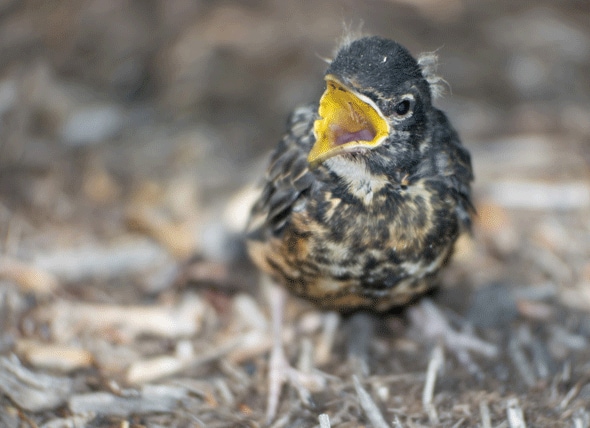
:max_bytes(150000):strip_icc()/what-to-do-if-you-find-a-baby-bird-386718-v3-HL-FINAL-5c01a13546e0fb0001525e36.png)

